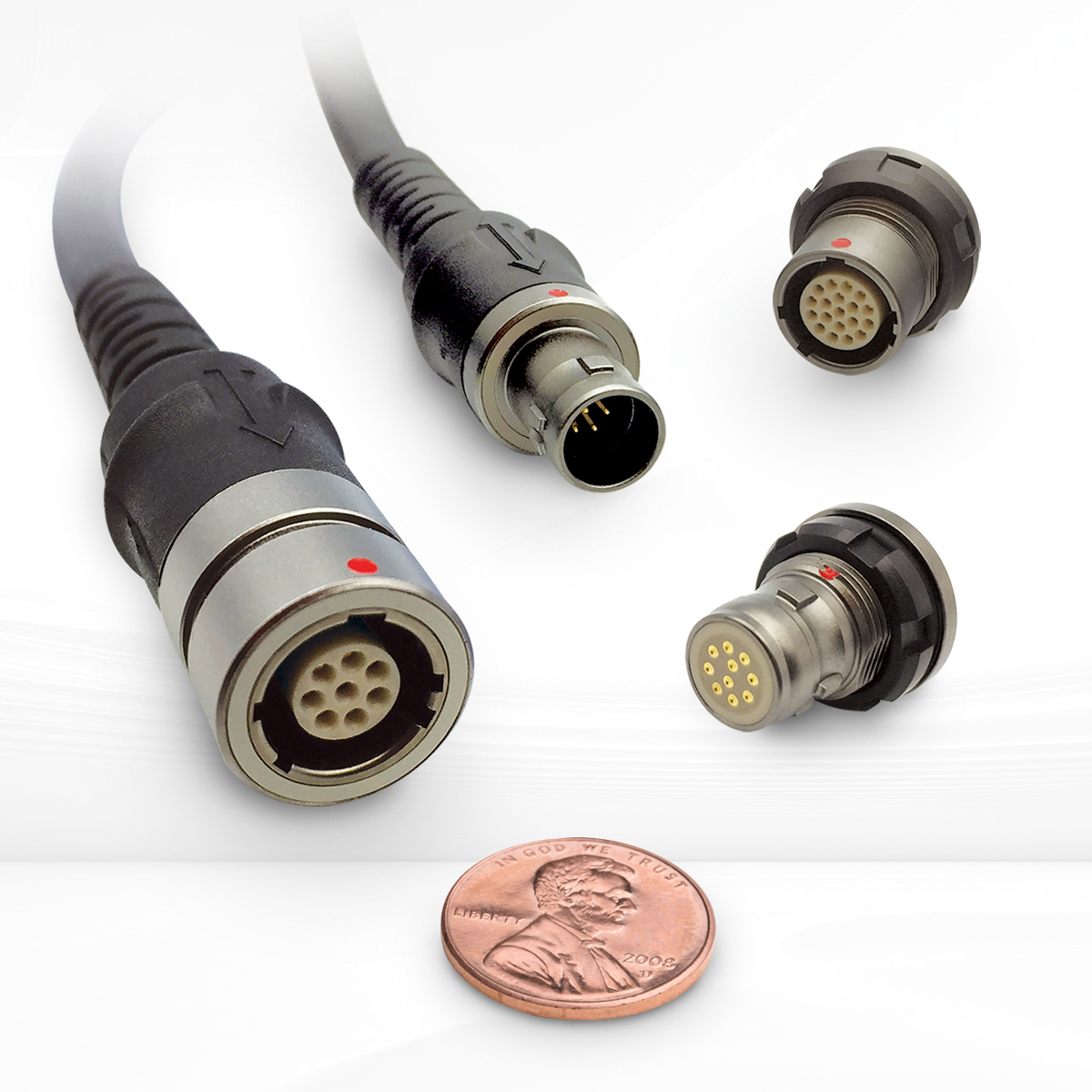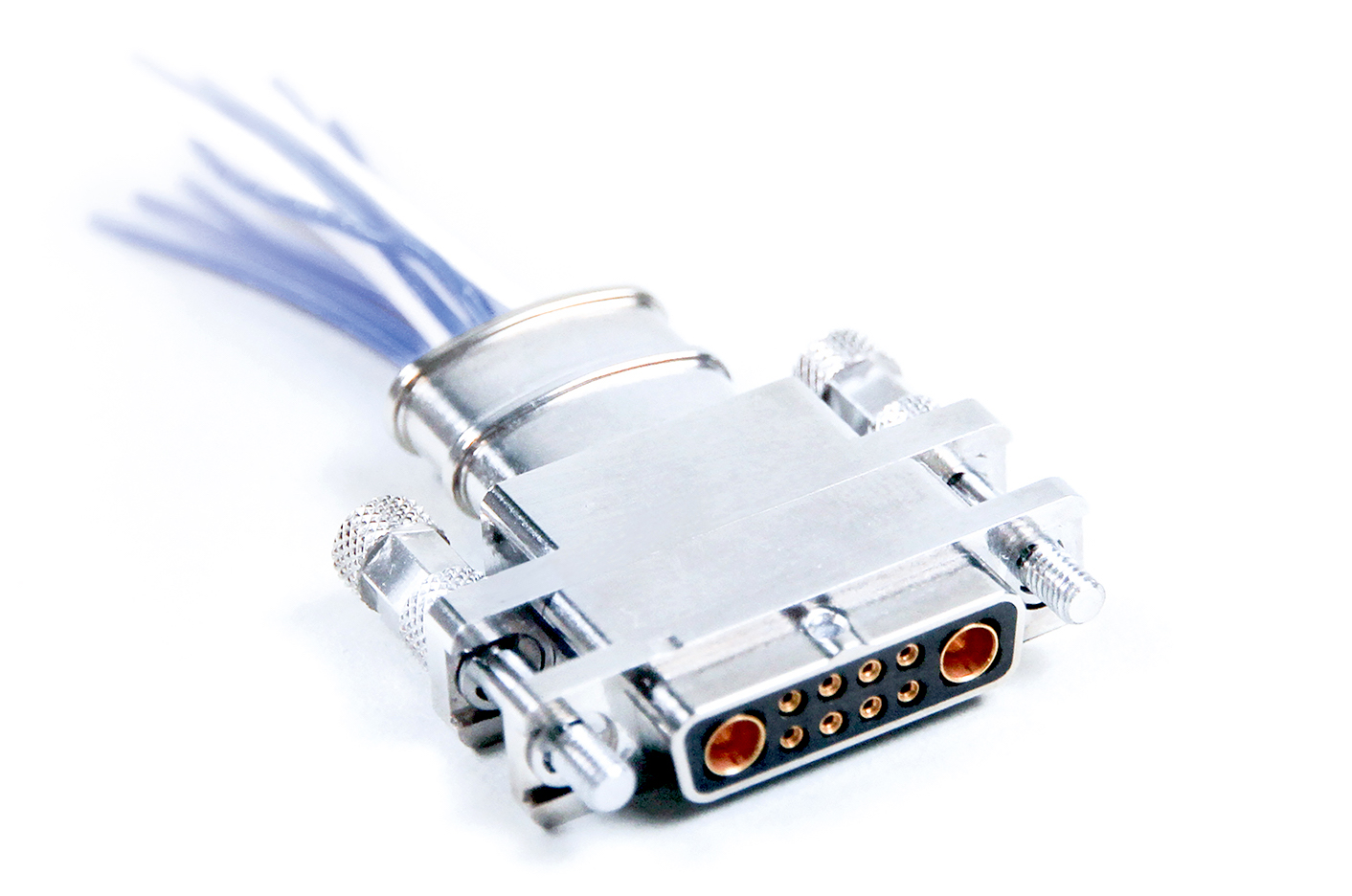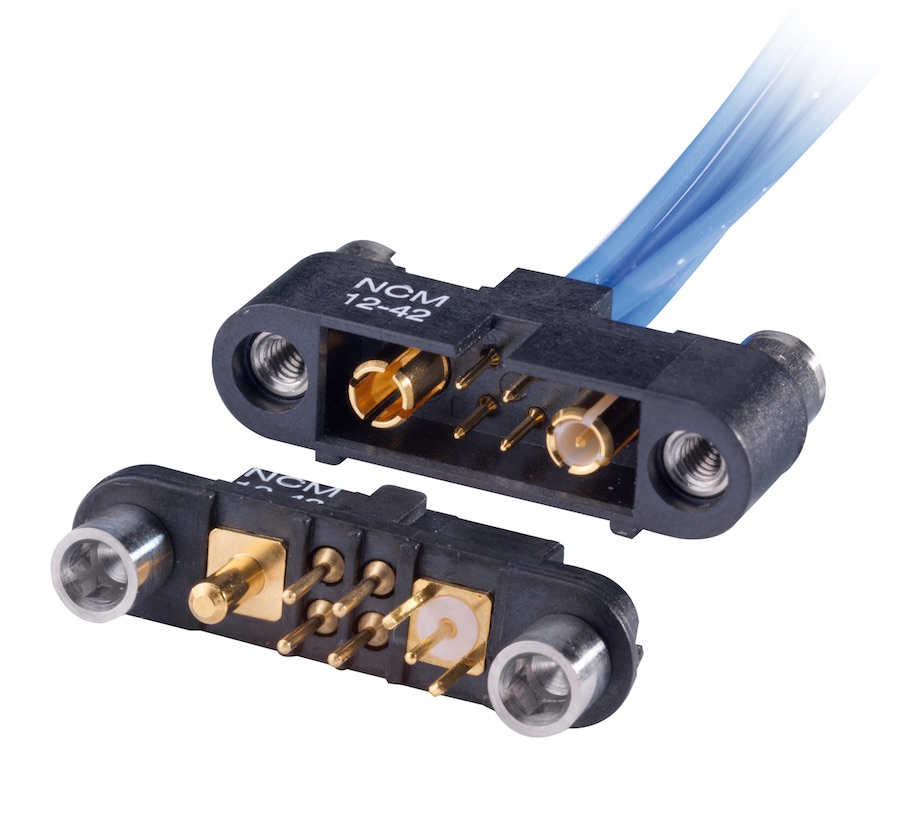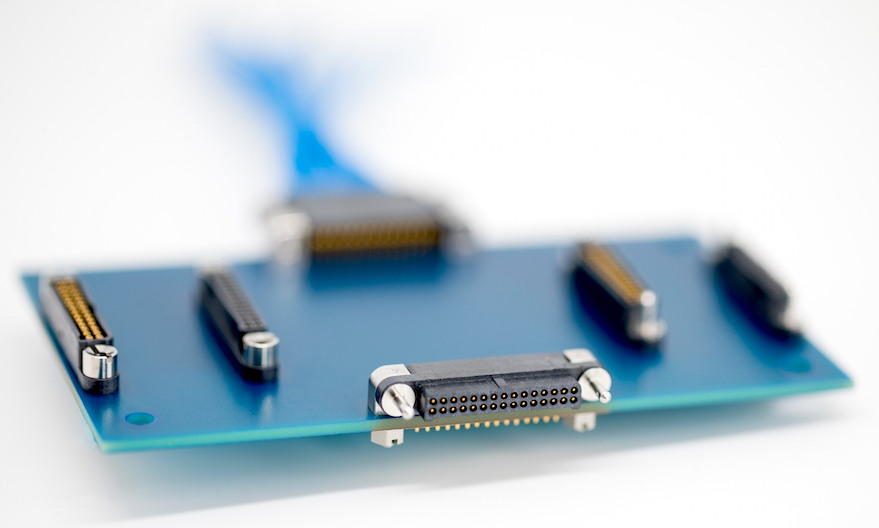Soldier Wearables and Heads-Up Displays Challenge Connectors
US Army leaders and their industrial partners are looking at new ways to equip dismounted soldiers with lighter weight, wireless, more capable, and more integrated electronic systems.
The goal of a major revamp of the Adaptive Squad Architecture (ASA) is to harmonize both the individual dismounted soldier and the squad as an integrated combat platform, while increasing their lethality, mobility, and survivability, and their ability to counter emerging threats. Soldier wearables are key to that initiative.
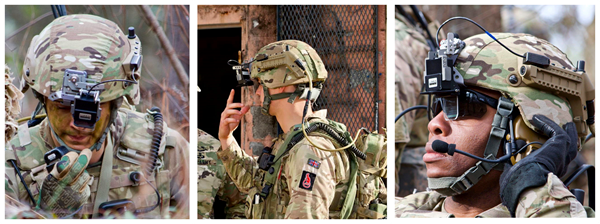
Several formal military programs to equip dismounted solders in the field with lighter weight and more integrated technology-intensive gear have already been conducted, such as Future Soldier and the US Army’s Nett Warrior program, which has resulted in the development of several innovative connectivity solutions designed to connect ground soldiers directly to the Army’s tactical network through instant communication tools, including TE Connectivity’s O.C.H. Micro Circular Connectors. For its part, the Defense Advanced Research Projects Agency (DARPA) has initiated several research programs to develop head-mounted displays and other wearable computing technologies. These enable soldiers to improve situational awareness by viewing information with greater ease and efficiency. Research in these areas is ongoing within the frameworks of military programs such as the Army’s Land Warrior Program.
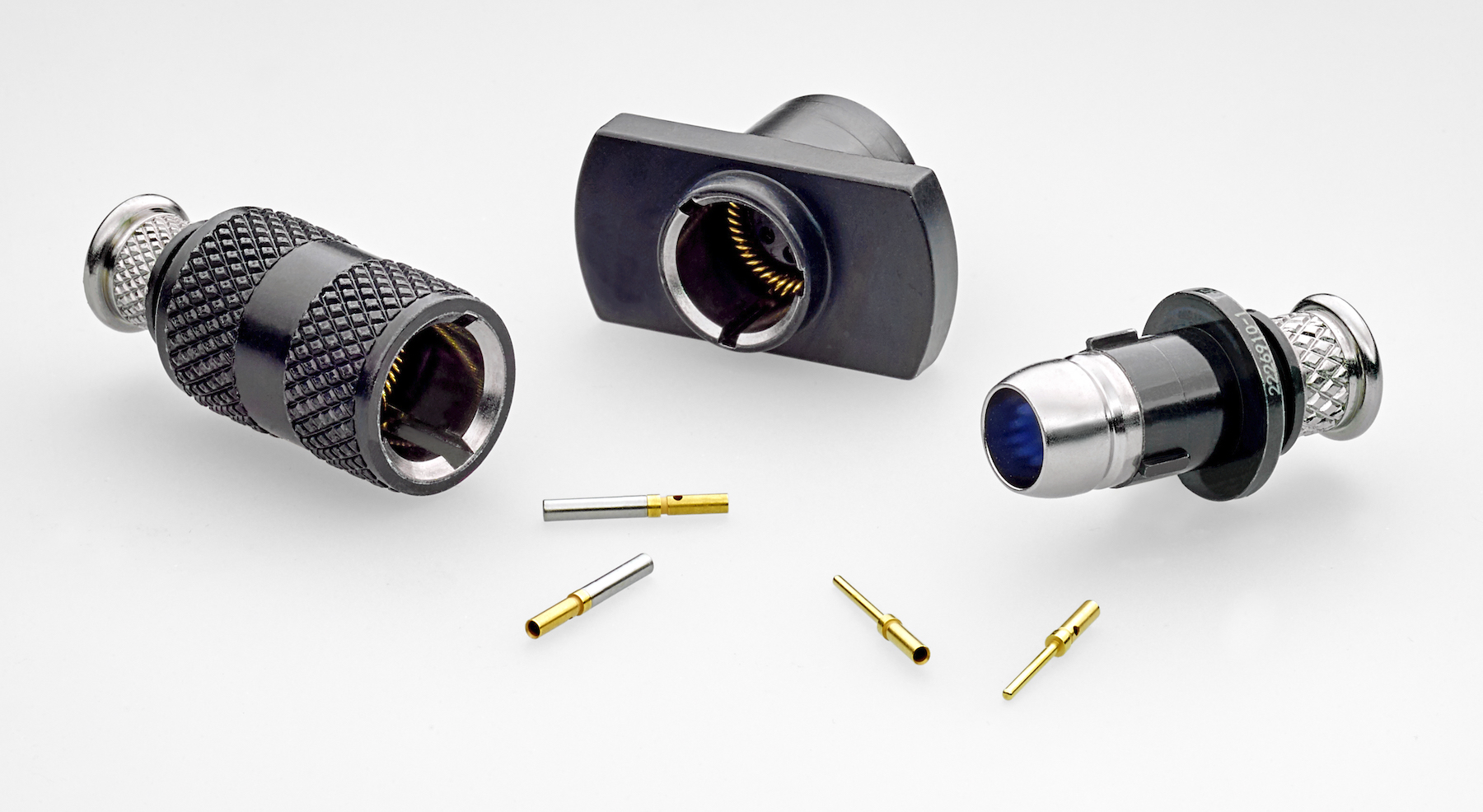
TE Connectivity’s O.C.H. Micro Circular Connectors were especially designed for the Nett Warrior program. They have a small, lightweight, and ruggedized design with a push-pull breakaway coupling mechanism that enables quick connections and single-action disconnections, offer multiple keying options to ensure proper mating in demanding battlefield environments, and also meet the rigorous mechanical and performance requirements of MIL-STD-810G. Ideal applications include tactical vests, batteries, antennas, communication systems, power hubs, radios, and military vehicles.
A Major New Development
The goals of the revamped ASA, and more, were reflected at the June Future Soldier Technology USA trade show. There, the topics addressed were enhancing lethality, lightening the load, increasing soldier power, optimizing night vision, increasing dismounted situational awareness, maximizing survivability, and transforming maneuverability.
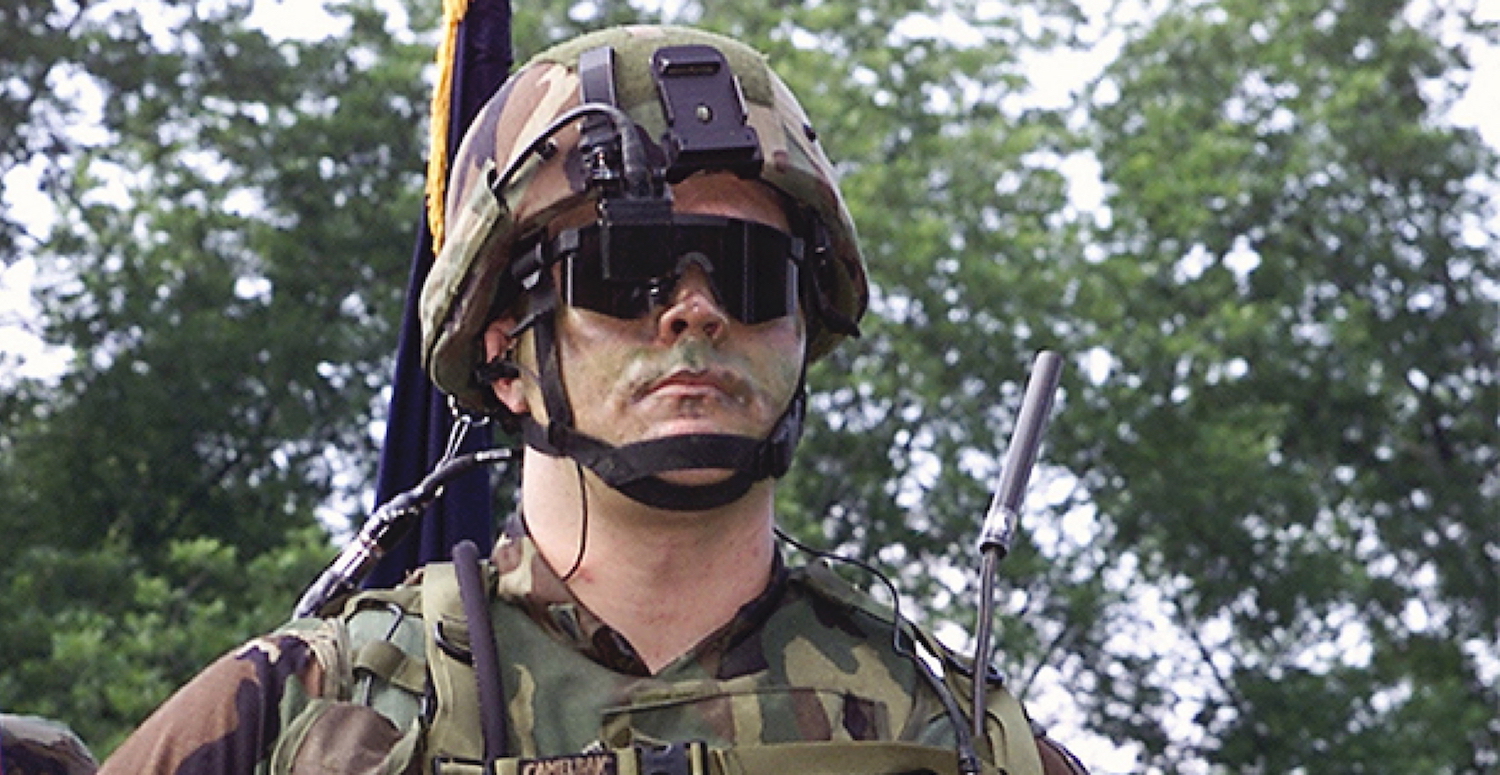
Another focus of the show was leveraging augmented reality (AR), which is definitely one of the biggest new developments in soldier systems and soldier wearables, said Robert Kleinschmidt, senior vice president of AirBorn’s air and defense strategic business unit. Just last year, for example, Microsoft signed a $480 million contract with the US Army for a military version of its HoloLens AR helmet.
AirBorn is involved in a couple of different AR projects, where soldiers wear head units with glasses that give an overlay of data augmenting the reality they’re seeing, said Kleinschmidt. These head units are based on protocols such as DisplayPort, PCIe Gen 2, and lower speeds of USB 2.0 and 3.0. They have high-count, fine-gauge wires (32- to 40-gauge, micro-coax) to keep down the size, bulk, and weight of the cabling system. “Few companies can handle crimping wire that thin. This is one of AirBorn’s strengths,” he said.
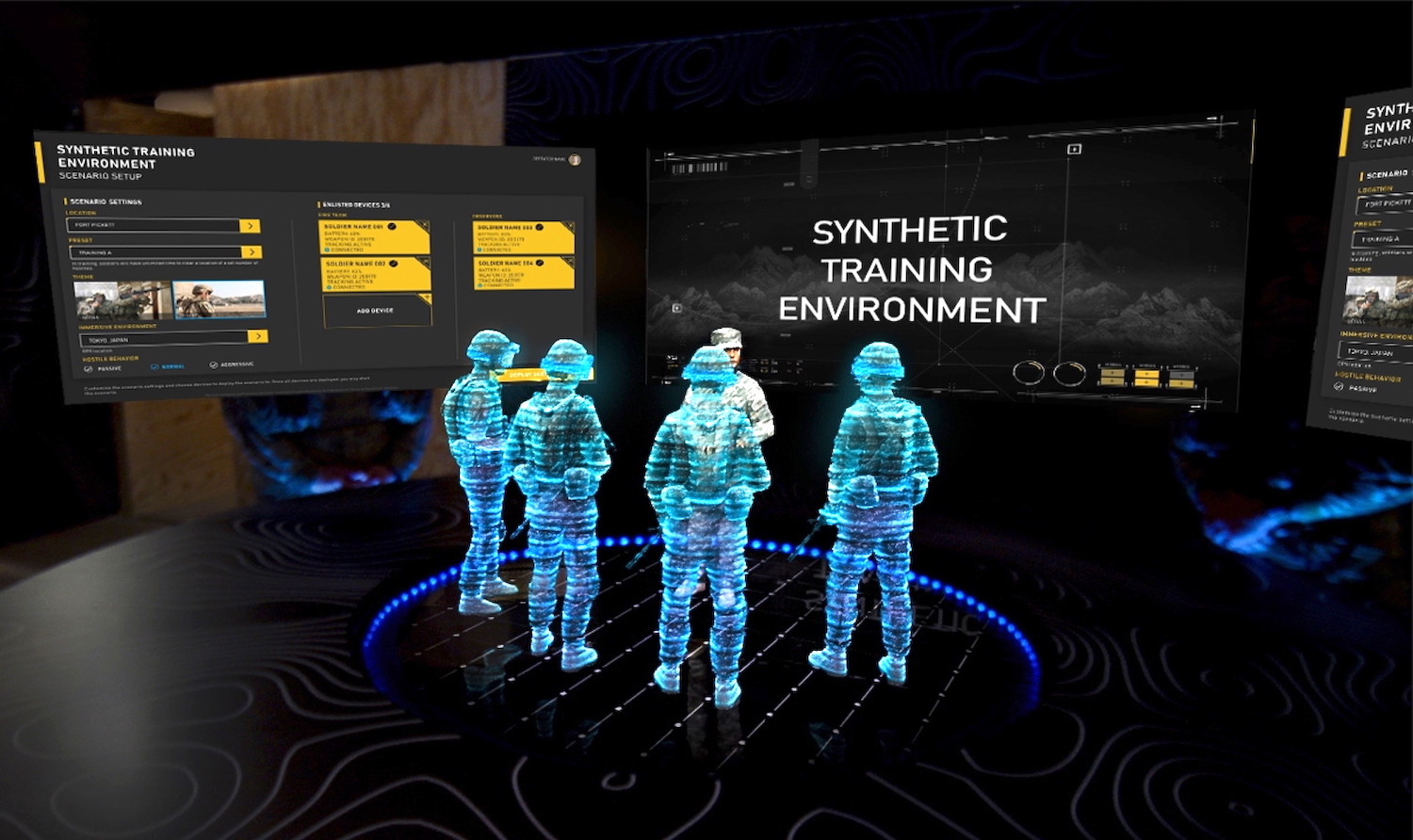
A new Army program that uses AR and thermal imaging is the Integrated Visual Augmentation System (IVAS) battlefield heads-up display, which is also focused on situational awareness. It provides a single platform and synthetic training environment so soldiers and Marines can fight, rehearse, and train. Similar technology has been used by the Navy and Air Force for training fighter pilots. The Army expects to field the system by the end of fiscal year 2021.
Special Challenges of Soldier Wearables
In soldier systems and wearables, both the technology and the interconnects can easily translate to civil applications, such as for police or Homeland Security, said Kleinschmidt. These days, though, it’s the soldier who’s burdened the most with technology. “And, as a soldier once told me, the top three things they must carry into battle are batteries, water, and ammo,” he said. “So any time the system side can reduce the weight and amount of equipment soldiers need to carry, that means they can carry more ammo and water.”
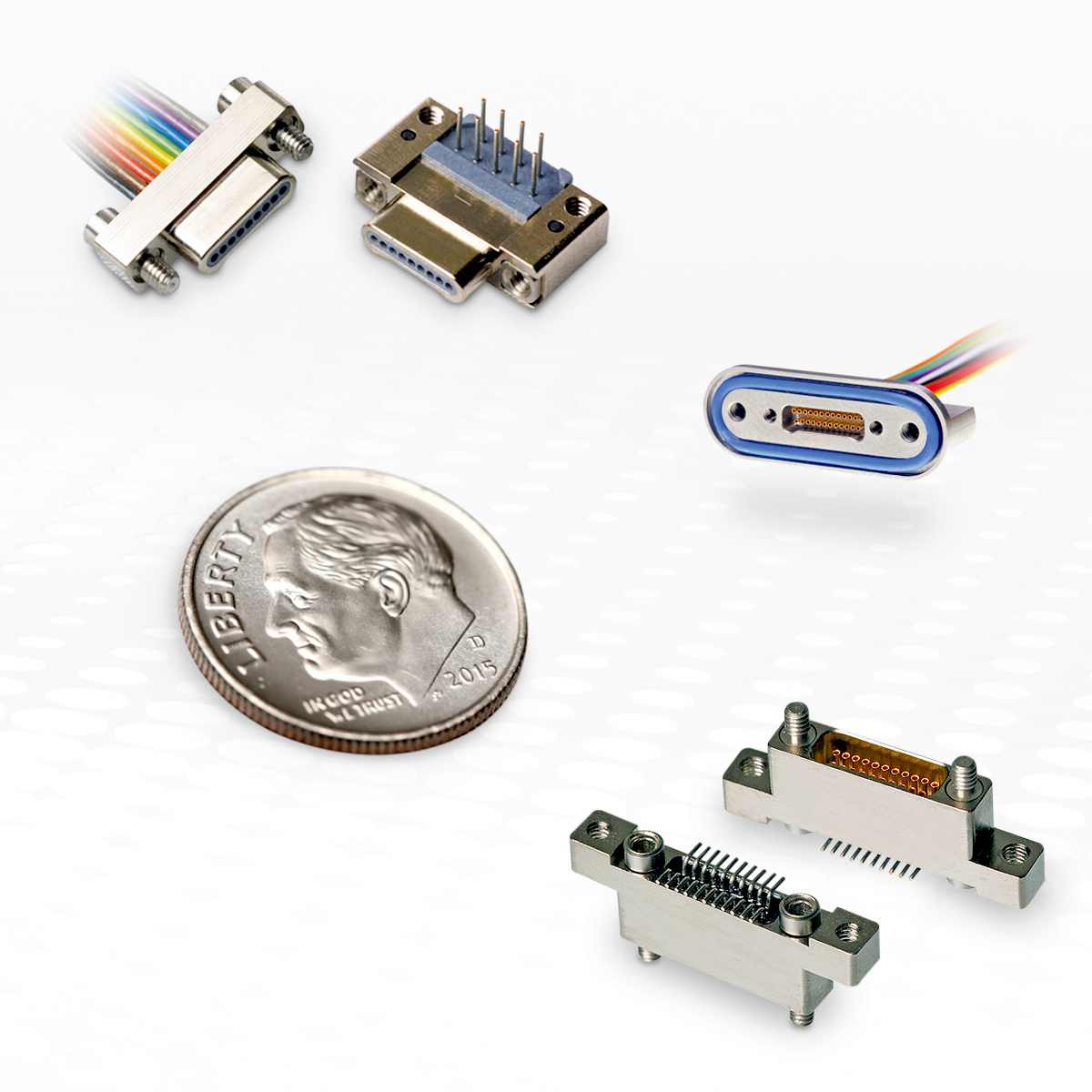
AirBorn’s N Series Nano-D Connectors provide critical weight savings in soldier-worn equipment.
Also important are mating cycles, because soldiers are plugging and unplugging things a lot, and environmental protection, said Kleinschmidt. Typically, makers of these systems are looking for IP68 level protection, defined by IEC 60529 as the Dust Tight and Continuous Water Immersion Protocol. For some connection points, such sealing levels may be needed in both mated and unmated states.
Creating miniaturized connectors that fulfill size, weight, and power (SWaP) needs for soldiers’ communications and wearable systems is one of Nicomatic’s main objectives, said company spokesperson Nataliya Matveyeva-Mayaki. “We’re working on several projects dedicated to soldier communication, and also on one soldier wearables project for helmet, touch tablet, laptop, camera, and radio with GPS and communication functionalities.”
Its customers’ main needs in this area, along with the mil specs, are slightly different from the needs of embedded systems for military and space applications, said Matveyeva-Mayaki. “Even if they correspond to the SWaP needs and optimization of electronics due to a growing need to transfer and manage different data flows, we are witnessing different military requirements due to their use for future soldier systems.”
Matveyeva-Mayaki listed the 10 top requirements Nicomatic considers for soldier wearables and communication systems:
- Light weight
- Small size
- More rugged
- Hermetic protection/protection against dust and humidity
- Integration of fiber optics
- EMI protection
- More reliability and mechanical resistance for battlefield applications
- Cable resistance for traction
- Blind mating connection possibility
- Easy connection/disconnection.
Interior Versus Exterior Connection Needs
AirBorn’s Kleinschmidt distinguished between two major types of connections in soldier systems and wearables. The first occurs inside the contained, sealed piece of electronics, for example, a radio or scope. “Inside, you generally use rectangular, rugged connectors, which are also very low-profile,” he said. “Nano-D microminiature connectors are ideal for this.” The company’s N Series nano-D connectors have a 0.025” contact pitch for maximum density.
The need for IP68-level protection comes into play typically on the outside of the electronics. Here, cable assemblies connect different systems, such as plugging into a headset or plugging two cables together.
Circular connectors are commonly used on the exterior of soldier systems or for connecting the system to the cable. If the connector pair is mated, then protection is easier: Seals can be designed into the connector body or the overmolding on the cable assembly. But in unmated pairs, the innards of the connector must also be sealed.
AirBorn’s Series 360 connectors were designed as smaller, lighter alternatives to the widely used D38999 connectors, said Kleinschmidt, specifically for the needs of future soldier systems, such as radios, augmented reality headsets, GPS devices, and artillery. They especially target soldier wearables and feature 360° mating freedom.
Breakaway connectors such as AirBorn’s Series 360 connectors with Quick-DeMate® functionality may also be needed if something a soldier is wearing gets snagged the connection breaks away. “Those connections need protection too, since they’re exposed to water, dust, and mud,” said Kleinschmidt. “So, IP68 is generally pretty critical in these instances.”
For projects in this area, Nicomatic mainly develops custom-designed products for each application, said Matveyeva-Mayaki. These are based on its standard DMM Micro-D Mix, CMM, and EMM connectors, and V Shield flat cables.
Highly reliable, compact, and robust 2mm-pitch DMM connectors comply with MIL-DTL-83513G performance, provide critical space savings, as well as EMI and mechanical protection, and enable up to 10 million configurations, offering a much wider choice of arrangements compared to micro-D or D-Sub types. Options include board-to-board, board-to-wire, wire-to-wire, and panel-mount solutions with 1–4 rows of signal, power, and coax contacts on a 2mm pitch.
Extremely modular, 2mm-pitch CMM connectors are designed to meet or exceed the electrical and mechanical performance requirements of IEC 60512-5-2 Test 5b, MIL-DTL-55302F, and BS-9525-F0033 standards and are available in more than 20 million arrangements. They are made using a rugged, lightweight PPS material that can withstand temperatures up to 260°C, amongst other hazards, and offer high-power, high-frequency, and low-frequency contacts in the same connector, which allows them to yield space savings of up to 60% and weight savings of up to 50% compared to existing rectangular connectors with the same functionality.
EMM connectors have a rugged, lightweight construction with a 1.27mm pitch and reduce space requirements by more than 40% compared to their parent type (CMM) and by 20% compared to standard micro-D connectors. Designed to meet MIL-DTL 83513 performance requirements, they feature reversed contacts, integrated 90° back protection, and interchangeable hardware and provide both board-to-board and 30–24AWG wire-to-board connections in harsh-environment applications.
These connectors form the backbone of modern combat and communications technologies that will help keep soldiers safer and more effective than ever before.
Ann R. Thryft has been writing about manufacturing- and electronics-related technologies for 30 years, covering interconnect, single-board computers, robotics, machine vision, embedded devices, manufacturing materials and processes, and all kinds of datacom and telecom. She’s written for EE Times, Design News, COTS Journal, RTC Magazine, EDN, Test & Measurement World, and Nikkei Electronics Asia.
Like this article? Check out our other Connector Basics and wearables articles, our 2019 Article Archive, and our Military & Aerospace Market Page.
- Underwater Connectors Get Smaller and Tougher for Submarines and UUVs - November 10, 2020
- Small Military UAVs Demand Smaller, Lighter Connectors - August 4, 2020
- Commercial Connectors Toughen Up for the Harshest Environments in the Universe - June 2, 2020
